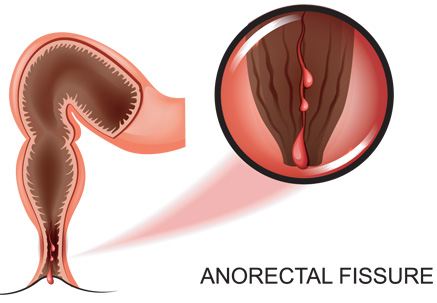What causes anal dysplasia?
Anal dysplasia is commonly associated with human papilloma virus infection in the anal area. HPV is most commonly transmitted through sexual intercourse. HPV also causes anal warts or condyloma.
- History of anal intercourse
- Positive HIV test
- Cigarette smoking
- Weakened immune system (e.g. immunosuppressive therapy for conditions like rheumatoid arthritis, inflammatory bowel disease or following transplant surgery)
How is anal dysplasia diagnosed?
Anal pap smear
Anal dysplasia is commonly identified by anal pap smear. Your doctor performs this test in the office. The pap smear is done by placing a small brush or swab into the anus and rotating it for a few seconds. The cells collected in this way are examined under a microscope to look for abnormal cells that may have dysplasia.
High resolution Anoscopy (HRA)
If the pap smear has abnormal cells, your doctor may recommend a more specific test called high resolution anoscopy (HRA). HRA is a special test where a specialist examines the anal area with a microscope to closely examine the anal canal for abnormal cells. If any abnormal cells are seen, they can be biopsied to further confirm diagnosis of anal dysplasia.
How is anal dysplasia treated?
Following a formal diagnosis of anal dysplasia, depending on the type of dysplasia, your specialist would recommend treatment options. This may be in the form of close monitoring with repeat testing to ensure no further progress or active destruction of the abnormal cells. This may be done through the following methods.
- Topical cream
- Photodynamic therapy (offered in select patients in select institutions)
- High resolution anoscopy with electrocautery or laser treatment
